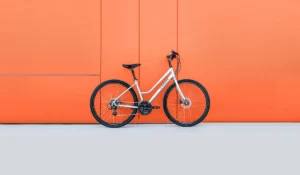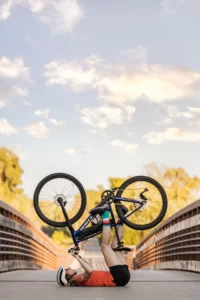Everything You Need to Know About Bike Fitting: A Bike Fitting Guide
Cycling is a fantastic way to stay fit, explore the outdoors, and enjoy the thrill of the open road. Finding the perfect fit for your bike is crucial for enhancing your cycling experience. However, if your bike doesn’t fit you properly, it can lead to discomfort, pain, and even injuries. That’s where bike fitting comes in. In this comprehensive guide, we’ll delve into the world of bike fit, covering everything from the basics to professional bike fitting services, costs, and more. So, let’s get started on your journey to the perfect cycling position.
Bike Fitting Basics
Bike fitting, or bike fit, refers to the process of adjusting your bike to match your body’s unique biomechanics. The goal is to create a harmonious relationship between you and your bike, optimizing comfort, power, and efficiency while minimizing the risk of injuries. Here are some essential aspects to consider:
1- Bicycle Sizing:
Before diving into the bicycle fittings process, it’s crucial to ensure that your bike frame size is appropriate for your height and proportions. The right frame size forms the foundation of a good fit.
2- Cycling Position:
Your cycling position, which includes factors like saddle height, saddle fore-aft position, handlebar height, and cleat alignment, plays a significant role in your comfort and power output on the bike.
3- Right Frame Size:
Selecting the correct frame size is the foundation of a comfortable and efficient bike fit. Without the right frame size, no amount of adjustments will provide the desired comfort.
4- Tailor Your Bike to Your Current Riding Style:
It’s essential to align your bike with your current riding abilities and preferences. While you might aspire to emulate the low, aerodynamic position of professional cyclists, it’s equally important to adapt your bike to your current capabilities. As you work on building strength, flexibility, and endurance, you can fine-tune your bike fit accordingly.
5- Evaluate Your Cleat Placement:
it’s crucial to pay attention to the placement of cleats on your cycling shoes. Improper cleat positioning can result in issues like knee pain, Achilles discomfort, numbness, or hotspots. Cleats set too far forward can lead to problems, just as those positioned too far back can affect power transfer efficiency. It’s advisable to consult a bike fitter to ensure your cleats are correctly positioned for your needs.
6- DIY vs. Professional Bike Fitting:
You can perform a basic bike fit at home, adjusting saddle height and handlebar position, but a professional bike fiting offers a more in-depth analysis. Professional fitters use tools like motion capture systems and pressure mapping to fine-tune your bike fit.
The Benefits of Bike Fitting
A well-fitted bike offers numerous advantages, including:
Enhanced Efficiency: Proper bike fitting ensures your cycling position minimizes energy waste, allowing you to pedal effortlessly and efficiently, providing enhanced comfort during long rides.
Comfort and Injury Prevention: A well-fitted bike significantly reduces the risk of discomfort, pain, and overuse injuries. This not only enables you to enjoy longer rides without the fear of strained muscles or joints but also enhances your overall comfort during extended journeys.
Optimal Power Transfer: A well-adjusted bike maximizes power transfer from your legs to the pedals, unlocking your full potential during high-intensity rides, leading to improved power output and efficiency.
Better handling and control: When your bike is perfect for your size, you are going to have more control while riding, improving your overall ride performance.
Understanding the Bike Fitting Process
Bike fitting brings together a deep understanding of your relationship with cycling and your bicycle, using state-of-the-art scientific tools and measurements. It considers your unique preferences and boosts your performance, making it an ideal choice for anyone looking to enhance their joy and fulfillment while cycling.
Bike Fitting Process
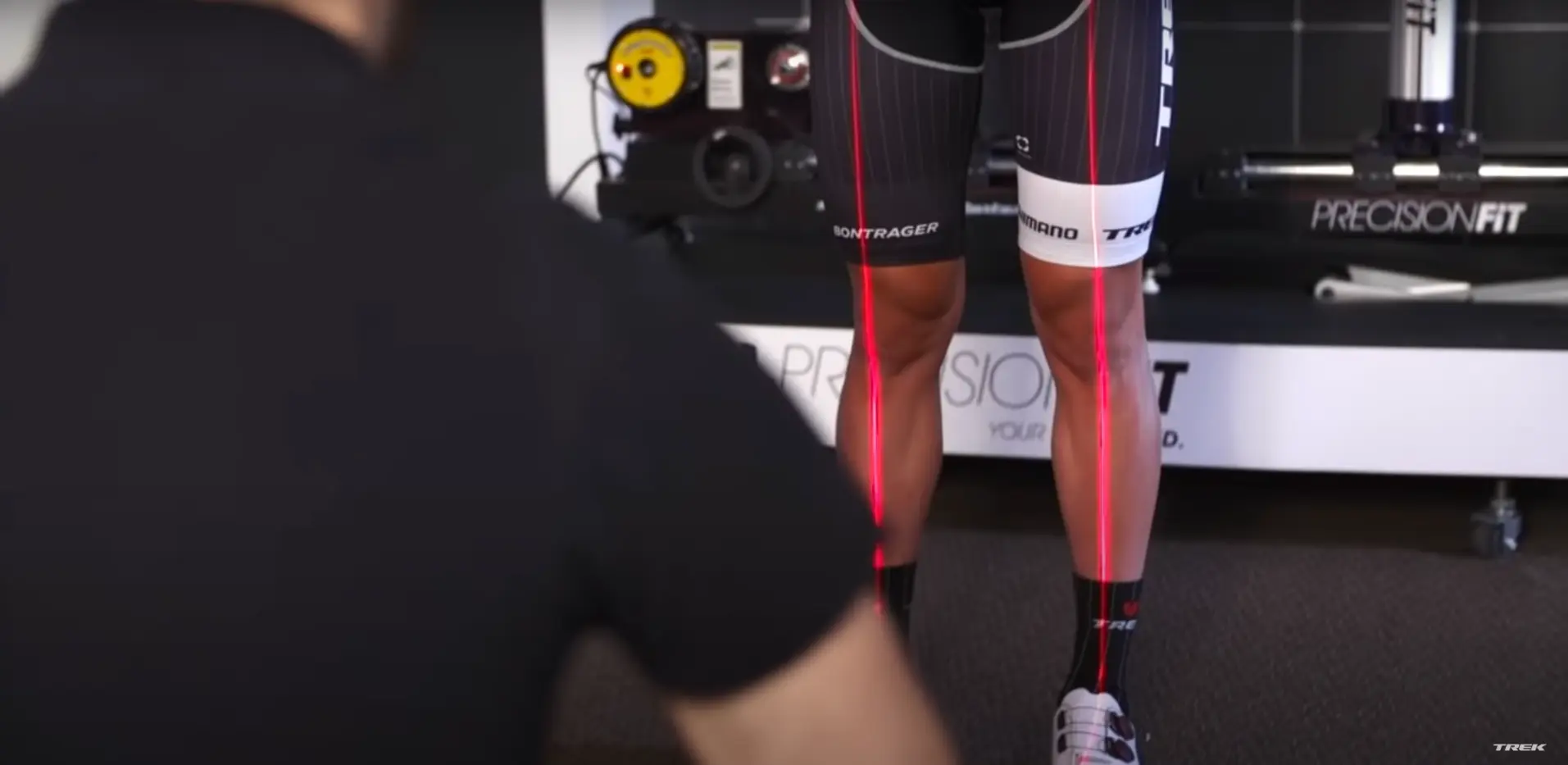
a) Comprehensive Body Assessment:
A professional bike fitting commences with a meticulous evaluation of your body measurements, including inseam length, torso proportions, and flexibility. This assessment provides critical insights into your unique biomechanics.

b) Saddle Position Precision:
The bike fitter expertly fine-tunes the saddle height, fore-aft position, and tilt. This precise adjustment ensures both ergonomic comfort and efficient pedaling, reducing the risk of discomfort and enhancing your riding experience.
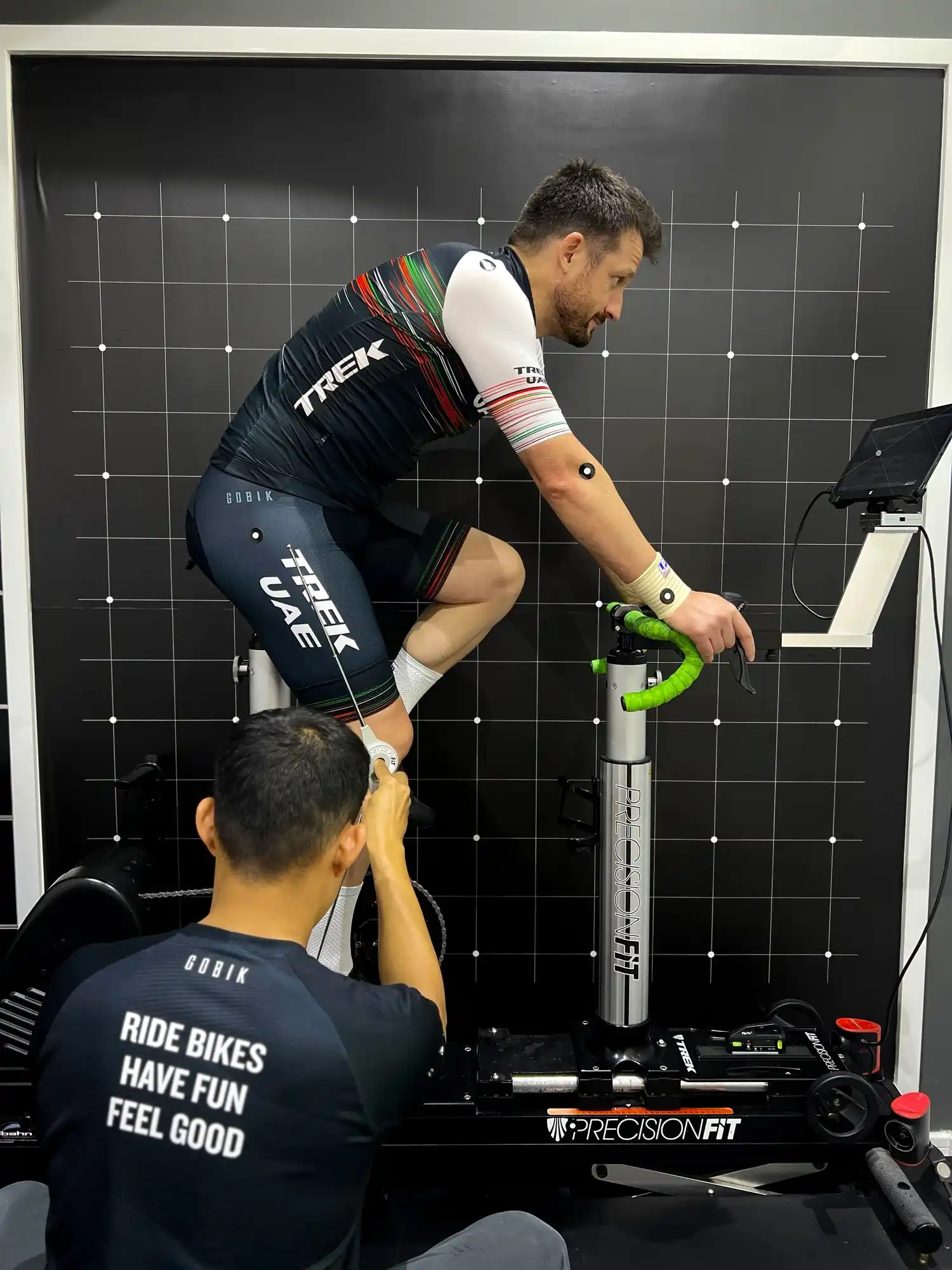
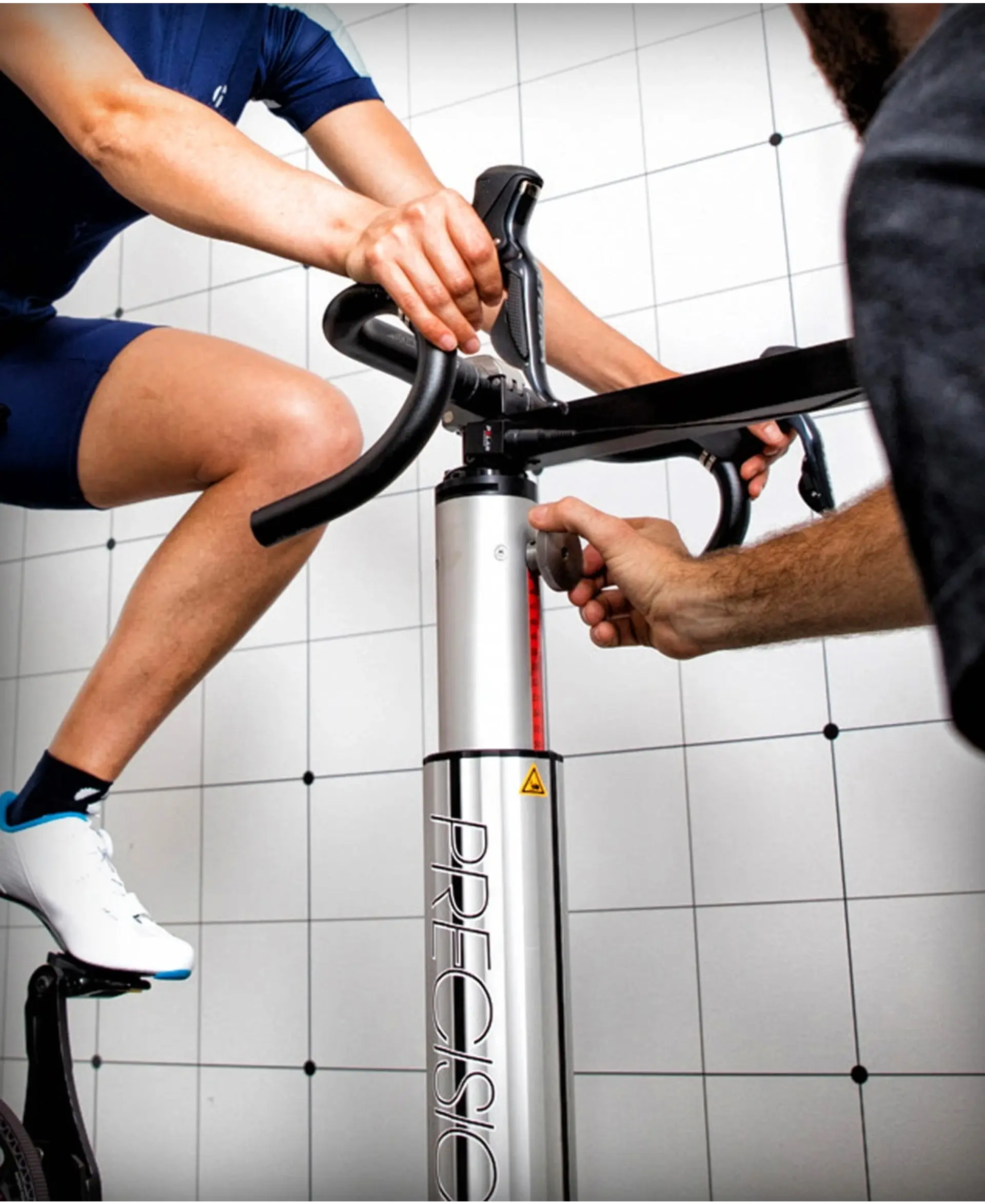
c) Optimized Handlebar and Stem:
Your handlebar’s height, reach, and angle are meticulously adjusted. This meticulous tuning guarantees a position that balances comfort and aerodynamics, enhancing your riding posture.

d) Cleat and Pedal Alignment:
Achieving the ideal alignment for cleats and pedals is paramount. Proper positioning is key to optimizing power transfer, stability, and ensuring that your knees remain in perfect alignment throughout your rides.
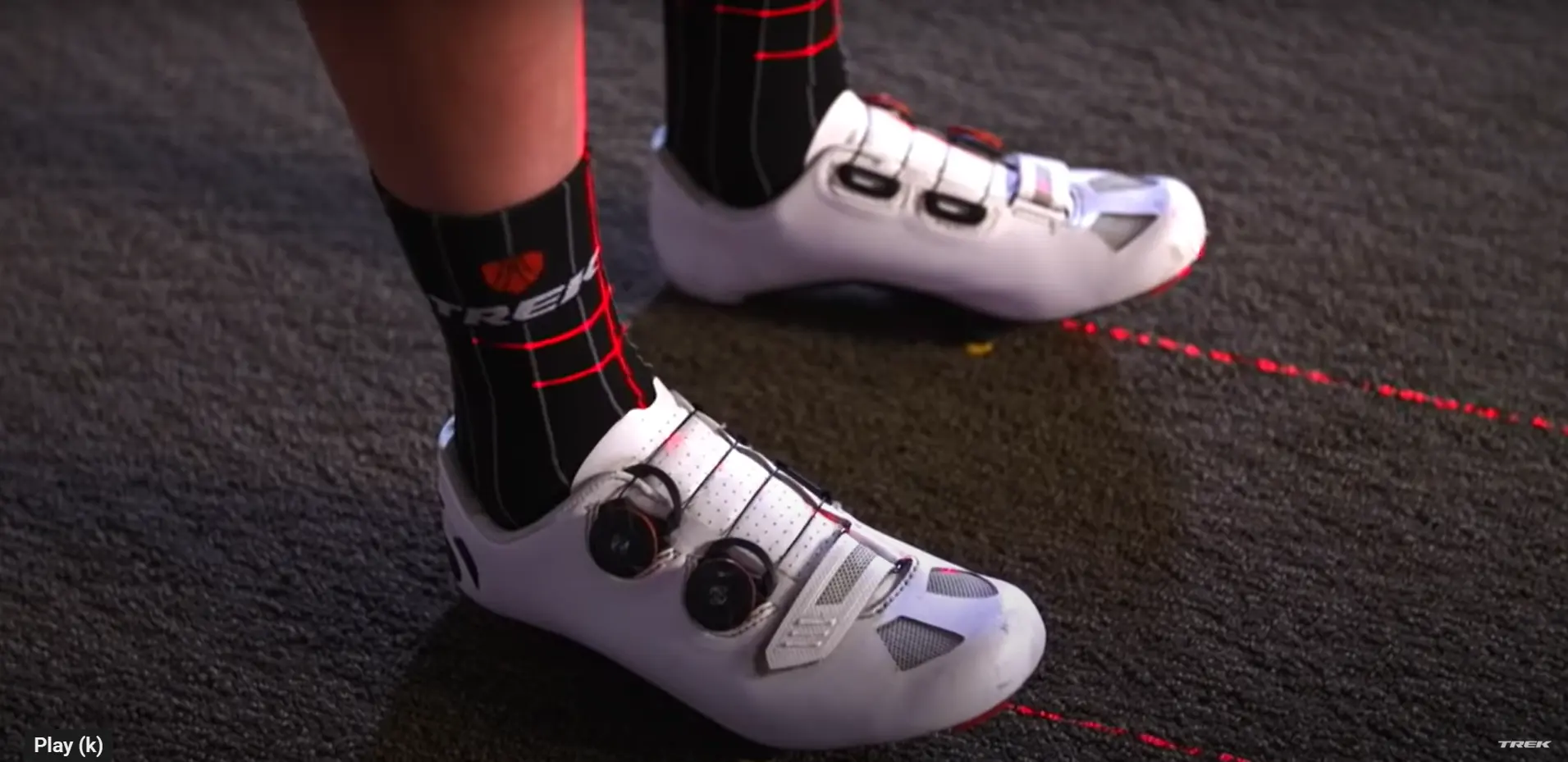
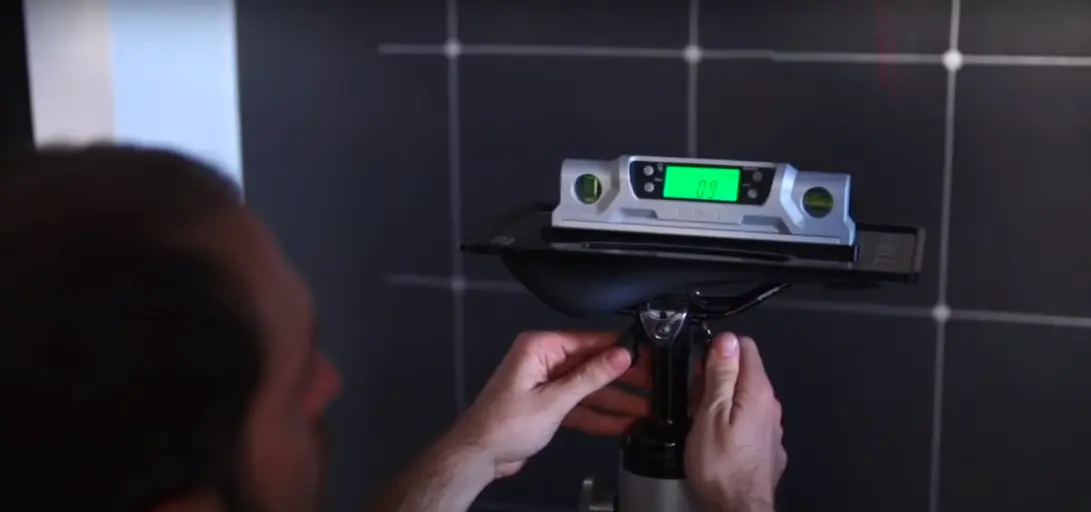
The devices and technology used in the process of bike fitting:
1_Pelvic bone measurement device
2_Shoulder width measurement device
3_Cyclist’s flexibility measuring device
4_Seat distance measurement device
5_Foot length and width measurement device
6_Laser device to determine the correct direction of the foot

The bike fitting cost
The cost of bike fitting can fluctuate based on where you’re located, the expertise of the specialist, and the extent of customization needed. The cost of bike fitting in Saudi Arabia ranges from 500 SAR to 800 SAR. While it might appear as an extra expense, the value of investing in a professional bike fitting session far outweighs the potential costs associated with discomfort, pain, or the risk of enduring long-term injuries.
You can know more about Wheels Bike fitting service from here
The importance of bicycle sizing
Bicycle sizing marks the very first stage of the bike fitting journey, assuring that you select a frame of the correct size tailored to your height, inseam length, and body proportions. To guide you in this endeavor, you can utilize sizing charts, consult with bike shop professionals, or take advantage of online calculators designed to help you identify the ideal bike size.
You can find more details about bike size chart from here
If you're looking to make basic adjustments at home, here are some DIY bike fitting tips:
Start with saddle height: Ensure your leg is almost fully extended at the bottom of the pedal stroke, with a slight bend in the knee.
Handlebar height: Experiment with handlebar height to find a comfortable position that doesn’t strain your back or shoulders.
Cleat alignment: Properly align your cleats to avoid knee pain or discomfort.
In conclusion, bike fitting is a critical aspect of cycling that can significantly impact your performance and comfort on the bike. With bike fitting, you gain access to personalized adjustments that optimize your cycling position, enhance performance, and prevent injuries. Whether you choose a professional bike fit or go the DIY route, prioritizing bike fitting is a wise decision that will undoubtedly amplify your enjoyment and benefit your long-term well-being. Happy riding!

